Tashkent
GENEARAL INFORMATIN ABOUT THE CITY
Area: 334.8 km2 (129.3 sq mi)
Population: More than 2.5 mln
Time zone: UTC+5
Type: City Administration
Hokim (Mayor): Jahongir Ortiqhojayev
Area code: 71
Tashkent or Toshkent is the capital and largest city of Uzbekistan, as well as the most populated city in ex-Soviet Central Asia with a population in 2018 of 2,485,900. It is located in the north-east of the country close to the border with Kazakhstan.
Before Islam influence started in the 8th century AD, Tashkent was influenced by the Sogdian and Turkic cultures in its early history. After its destruction by Genghis Khan in 1219, the city was rebuilt and profited from the Silk Road. From 18th to 19th century, the city became an independent city-state, before being re-conquered by the Khanate of Kokand. In 1865, it fell to the Russian Empire, and became the capital of Russian Turkestan. In Soviet times, Tashkent witnessed major growth and demographic changes due to forced deportations from throughout the Soviet Union. Much of the city was destroyed in the 1966 Tashkent earthquake, though it was rebuilt afterwards as a model Soviet city. It was the fourth-largest city of the Soviet Union at the time, after Moscow, Leningrad and Kiev.
Today, as the capital of an independent Uzbekistan, Tashkent retains a multi-ethnic population, with ethnic Uzbeks as the majority. In 2009, the city celebrated its 2,200 years of written history.

Tashkent city Arch of Libertiy
Main sights
Due to the destruction of most of the ancient city during the 1917 revolution and, later, the 1966 earthquake, little remains of Tashkent’s traditional architectural heritage. Tashkent is, however, rich in museums and Soviet-era monuments. They include:
- Kukeldash Madrasah. Dating back to the reign of Abdullah Khan II (1557–1598) it is currently being restored by the provincial Religious Board of Mawarannahr Moslems. There is talk of making it into a museum, but it is currently being used as a madrassah.
- Chorsu Bazaar, located near the Kukeldash Madrassa. This huge open air bazaar is the center of the old town of Tashkent. Everything imaginable is for sale. It is one of the major tourist attractions of the city.
- Telyashayakh Mosque (Khast Imam Mosque). It Contains the Uthman Qur’an, considered to be the oldest extant Qur’an in the world. Dating from 655 and stained with the blood of murdered caliph, Uthman, it was brought by Timur to Samarkand, seized by the Russians as a war trophy and taken to Saint Petersburg. It was returned to Uzbekistan in 1924.
- Yunus Khan Mausoleum. It is a group of three 15th-century mausoleums, restored in the 19th century. The biggest is the grave of Yunus Khan, grandfather of Mughal Empire founder Babur.
- Alisher Navoi Opera and Ballet Theatre, built by the same architect who designed Lenin’s Tomb in Moscow, Aleksey Shchusev, with Japanese prisoner of war labor in World War II. It hosts Russian ballet and opera.
- Fine Arts Museum of Uzbekistan. It contains a major collection of art from the pre-Russian period, including Sogdian murals, Buddhist statues and Zoroastrian art, along with a more modern collection of 19th and 20th century applied art, such as suzani embroidered hangings. Of more interest is the large collection of paintings “borrowed” from the Hermitage by Grand Duke Romanov to decorate his palace in exile in Tashkent, and never returned. Behind the museum is a small park, containing the neglected graves of the Bolsheviks who died in the Russian Revolution of 1917 and to Osipov‘s treachery in 1919, along with first Uzbekistani President Yuldosh Akhunbabayev.
- Museum of Applied Arts. Housed in a traditional house originally commissioned for a wealthy tsarist diplomat, the house itself is the main attraction, rather than its collection of 19th and 20th century applied arts.
- State Museum of History of Uzbekistan the largest museum in the city. It is housed in the ex-Lenin Museum.
- Amir Timur Museum, housed in a building with brilliant blue dome and ornate interior. It houses exhibits of Timur and of President Islam Karimov. The gardens outside contain a statue of Timur on horseback, surrounded by some of the nicest gardens and fountains in the city.
- Navoi Literary Museum, commemorating Uzbekistan’s adopted literary hero, Alisher Navoi, with replica manuscripts, Islamic calligraphy and 15th century miniature paintings.
- The Tashkent Metro is known for extravagant design and architecture in the buildings. Taking photos in the system was banned until 2018.

Tashkent Alisher Navoi Station



COMMENTS